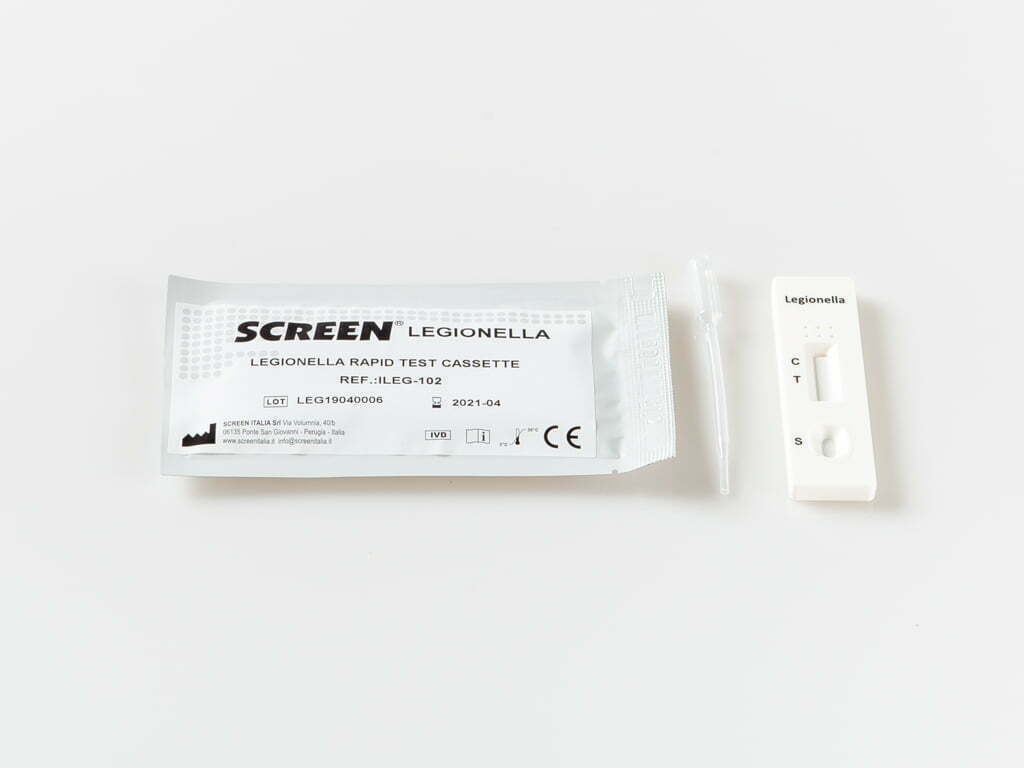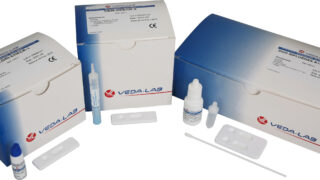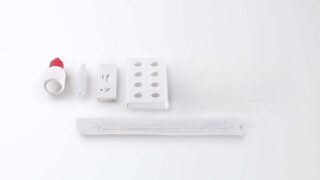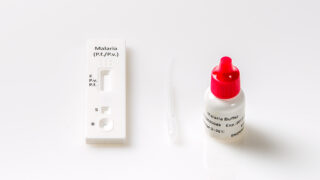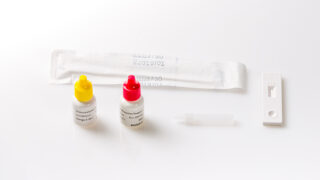Categories
Legionella Pneumophila Rapid Test SC
The Legionella pneumophila test is a diagnostic test that specifically detects the Legionella pneumophila bacteria, a common cause of Legionnaires’ disease. This test is used to assess the presence of this pathogen in water sources, such as cooling towers and plumbing systems. It’s crucial for ensuring the safety of water systems in environments like hospitals, hotels, and industrial facilities.
Product information
The Legionella Pneumophila Rapid Test is a lateral flow, rapid immunochromatographic test for the qualitative detection of Legionella pneumophila antigens in urine.
Advantages of Legionella Pneumophila test
- Easy to perform
- No complex sample collection needed
- Accurate test result
General information
Legionellosis is a serious pneumonia caused by bacteria of the genus Legionella assigned to the family Legionellaceae. This family now includes 48 species and over 60 serogroups. Approximately 20 species are implicated in human disease. The overwhelming majority of Legionella infections are caused by Legionella pneumophila. Legionnaires’ disease is the major clinical manifestation of Legionella infection although extra-pulmonary infection and non-pneumonic disease like Pontiac fever occur. The name Legionella pneumophila was derived from the dramatic outbreak at the 1976 American Legion Convention in Philadelphia.
Legionella pneumophila is responsible for approximately 90% of infections, and of these, over 80% are due to a single serogroup, serogroup 1. Legionella bacteria are small faintly staining Gram-negative rods with polar flagella. Legionella bacteria have a widespread distribution in both natural and manmade aquatic habitats. They are readily found in fresh water, cooling towers and potable water systems. The organisms can survive in a wide range of conditions, and temperature is a critical determinant for Legionella proliferation. Nosocomial infection is particularly associated with colonization of hospital hot water system by Legionella.
The incubation period of Legionnaires’ disease after being exposed to the bacteria is from two to ten days. Most patients who are admitted to the hospital develop high fever often higher than 39.5°C (103°F). Cough can be the first sign of a lung infection. Other common symptoms include headaches, muscle aches, chest pain, and shortness of breath. Gastrointestinal symptoms are common. Legionnaires’ disease (LD) is not contagious. The disease is transmitted by aerosol, and there is no evidence for direct person-to-person transmission. Person at risk are those whose immune system is compromised, including transplant recipients, the elderly, cigarette smokers, or those showing chronic obstructive pulmonary disease or chronic renal disease. Diagnosis of legionellosis can be difficult because signs and symptoms are nonspecific and do not distinguish L. pneumophila infections from other common causes of pneumonia. L. pneumophila infections are considered to be fairly common but they are probably underdiagnosed and under-reported. The underdiagnosis of legionellosis can in part be attributed to the need for rapid, specific and sensitive diagnostic testing methods. The Legionella pneumophila Rapid Test Cassette (Urine) detects soluble antigen from L .pneumophila serogroup 1 in urine.
This is a ready-to-use membrane test based on colloidal gold particles. This test allows detection of Legionella pneumophila LPS in urine samples. The test sensitivity a specificity come from monoclonal and polyclonal anti-Legionella antibodies. mouse anti-Legionella antibodies are conjugated to colloidal gold particles and dried on a conjugate absorbent pad. Each strip is sensitized with goat anti-Legionella antibodies at the T-line region and with a control antibody at the C-line region when the urine sample migrates, conjugate is rehydrated and migrates along with the sample. If L. pneumophila urinary antigens are present in the sample, a complex between the anti-L. pneumophila conjugates and the L. pneumophila antigens is formed that will be caught by the specific anti- L. pneumophila reagent coated on the stick. Results appear in 15 minutes in the form of a red line that develops on the strip.
Specimen Collection
Specimens to be tested should be obtained and handled by standard methods for the collection of urine sample. Urine specimens should be collected in standard containers. The use of Proclin 300 as preservative has been validated on the Legionella pneumophila Rapid Test Cassette (Urine). Urine sample specimens must be tested as soon as possible after they are collected. If necessary, they can be stored at 2-8°C for up to 1 week or at -10°C to -20°C for longer periods of time. Although it requires added processing time, the antigens present in the urine can be concentrated with a disposable concentrator or a centrifugation system
Test Procedure
- Allow the test, specimen, and/or controls to reach room temperature (15-30°C) prior to testing.
- Open the pouch and remove the device. Once opened, run the test immediately.
- Swirl urine gently to mix before testing.
- Add 4 drops of swirled urine sample( Approx. 100 μL) to the sample well.
- Wait for the color line to appear. Read the results at 15 minutes , do not interpret the results after 20 minutes.
Interpretation of the results
POSITIVE: Two lines appear. One colored line should be in the control line region (C) and another apparent colored line should be in the test line region (T). A positive result indicates that Legionella pneumophila was detected in the specimen.
*NOTE: The intensity of the color in the test line region (T) will vary depending on the concentration of Legionella pneumophila present in the specimen. Therefore, any shade of color in the test line region (T) should be considered positive.
NEGATIVE: One colored line appears in the control line region (C). No line appears in the test line region (T). A negative result indicates that Legionella pneumophila antigen is not present in the specimen, or is present below the detectable level of the test.
INVALID: Control line fails to appear. Insufficient specimen volume or incorrect procedural techniques are the most likely reasons for control line failure. Review the procedure and repeat the test with a new test. If the problem persists, discontinue using the test kit immediately and contact your local supplier.
| Product name | Legionella Pneumophila Rapid Test SC |
|---|---|
| Detection | Legionella Pneumophila |
| Type | |
| Sample Type | |
| Pack Size | |
| Format | |
| Analyte Detection |
Related products
-
Medical Tests
Clostridium Difficile Toxin A/B/GDH Rapid Test
Price requestThe Clostridium difficile A, B, and GDH (Glutamate Dehydrogenase) test is a diagnostic tool used to identify the presence of C. difficile bacteria and its toxins, A and B, in a patient’s stool sample. This test is crucial for diagnosing C. difficile infections, especially in healthcare settings, where it can lead to severe diarrhea and complications. Rapid detection helps in timely treatment and infection control, preventing its spread to others.
-
Medical Tests
RSV Rapid Test
Price requestThe Respiratory Syncytial Virus (RSV) test is used to detect the presence of RSV in respiratory secretions, typically collected via a nasal swab or throat swab. RSV is a common virus that causes respiratory infections, especially in infants and young children. This test is to confirm RSV infections, enabling appropriate treatment and care for affected individuals, particularly during the RSV season in colder months.
-
Medical Tests
Malaria Rapid Test
Price requestA Malaria Test is a diagnostic test used to detect the presence of the malaria parasite in a person’s blood. These tests are crucial for diagnosing malaria, a potentially life-threatening mosquito-borne disease. They are offered by healthcare providers and laboratories, and they typically include rapid diagnostic tests (RDTs) and microscopic examination of blood smears. Rapid tests provide quick results, allowing for timely treatment and management of the disease. These tests are vital in regions where malaria is prevalent and for travelers to such areas.
-
Medical Tests
Chlamydia Rapid Test Swab/Urine
Price requestThe Chlamydia Rapid Test Cassette is a rapid chromatographic immunoassay for the qualitative detection of Chlamydia trachomatis in female cervical swab, male urethral swab and male urine specimens to aid in the diagnosis of Chlamydia infection.

 Drug Test
Drug Test Heart Markers
Heart Markers Hormone Tests
Hormone Tests Medical Tests
Medical Tests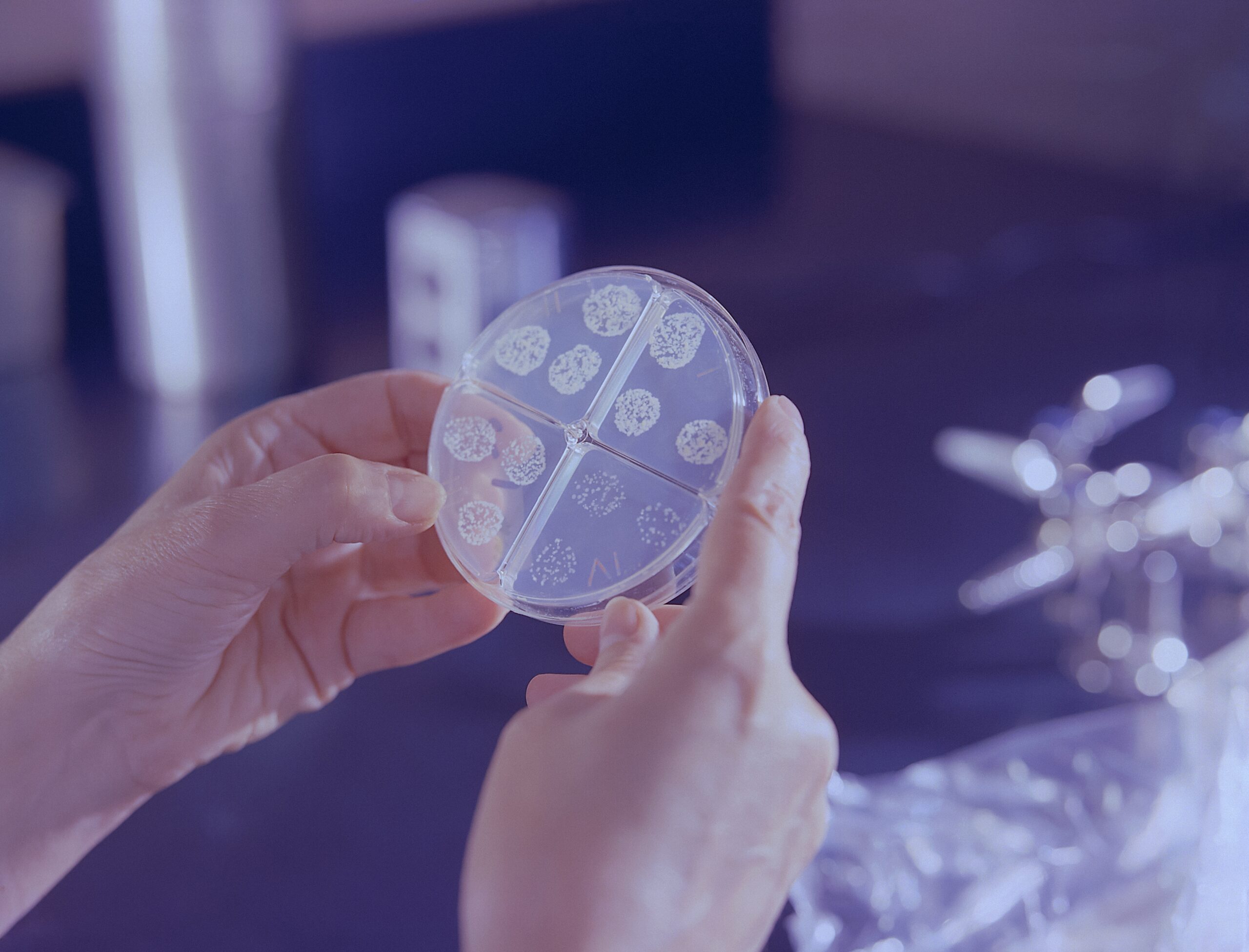 Microbiology
Microbiology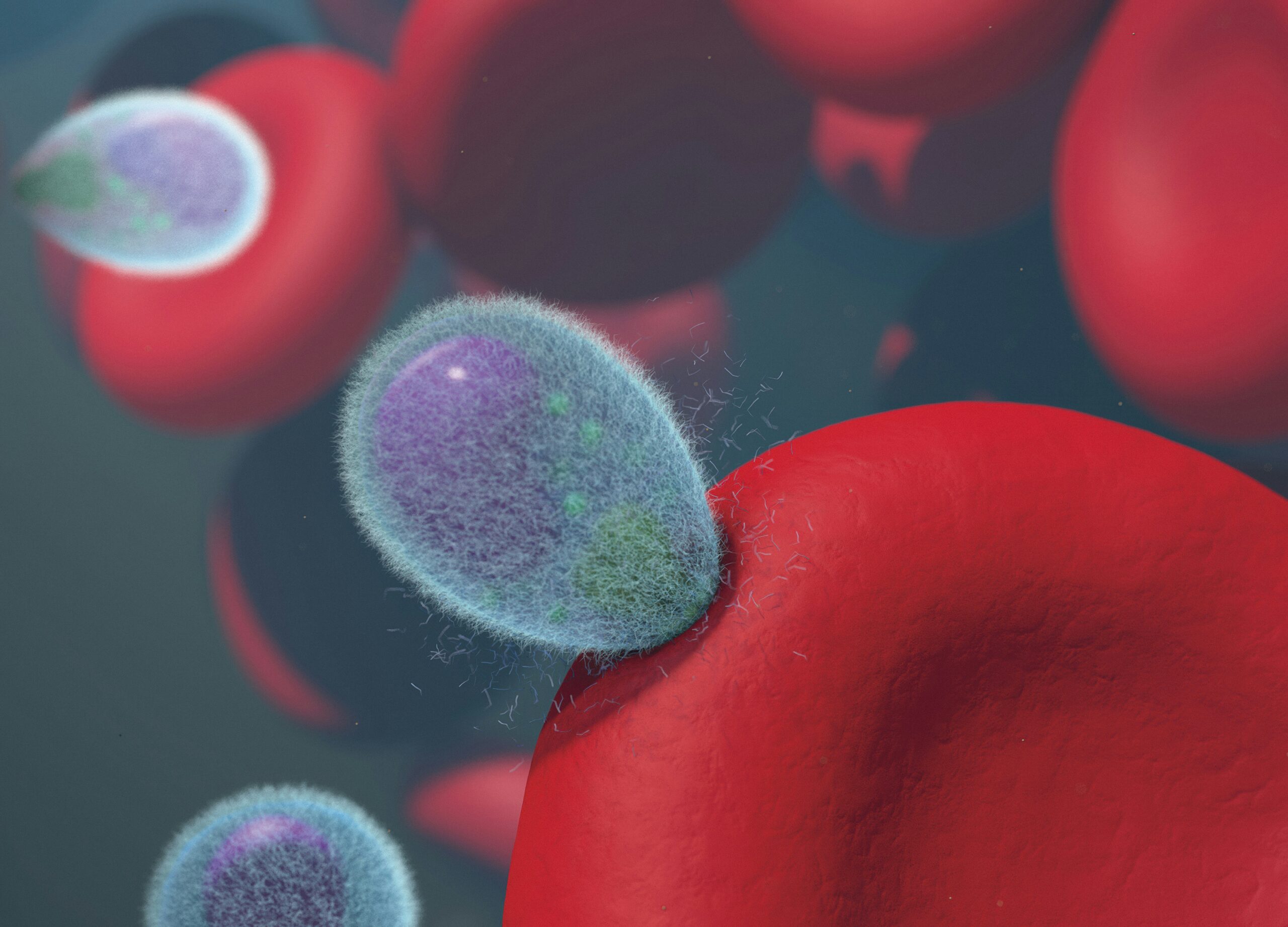 Parasite Infection
Parasite Infection Proteins and Inflammatory Markers
Proteins and Inflammatory Markers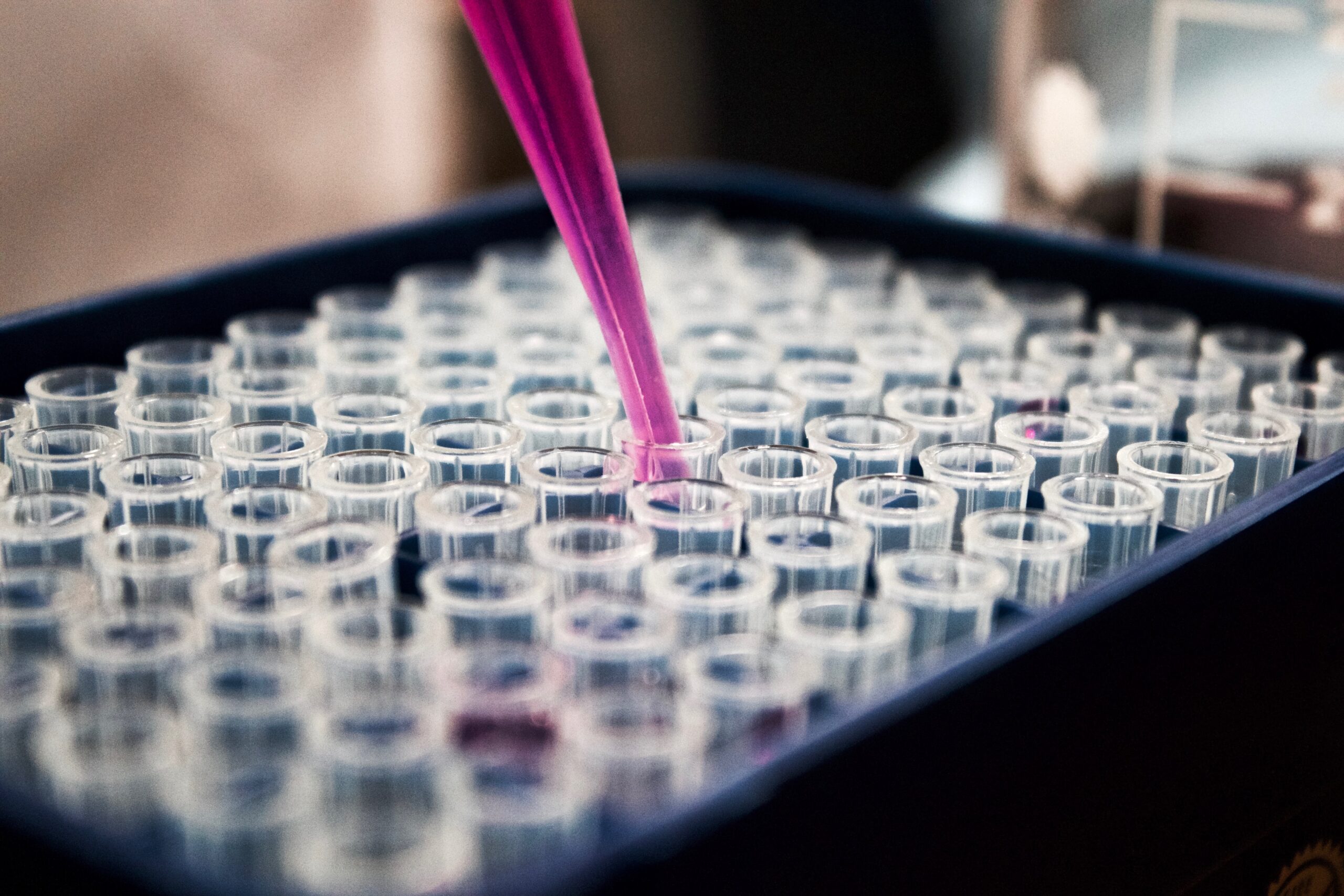 Qualitative Controls
Qualitative Controls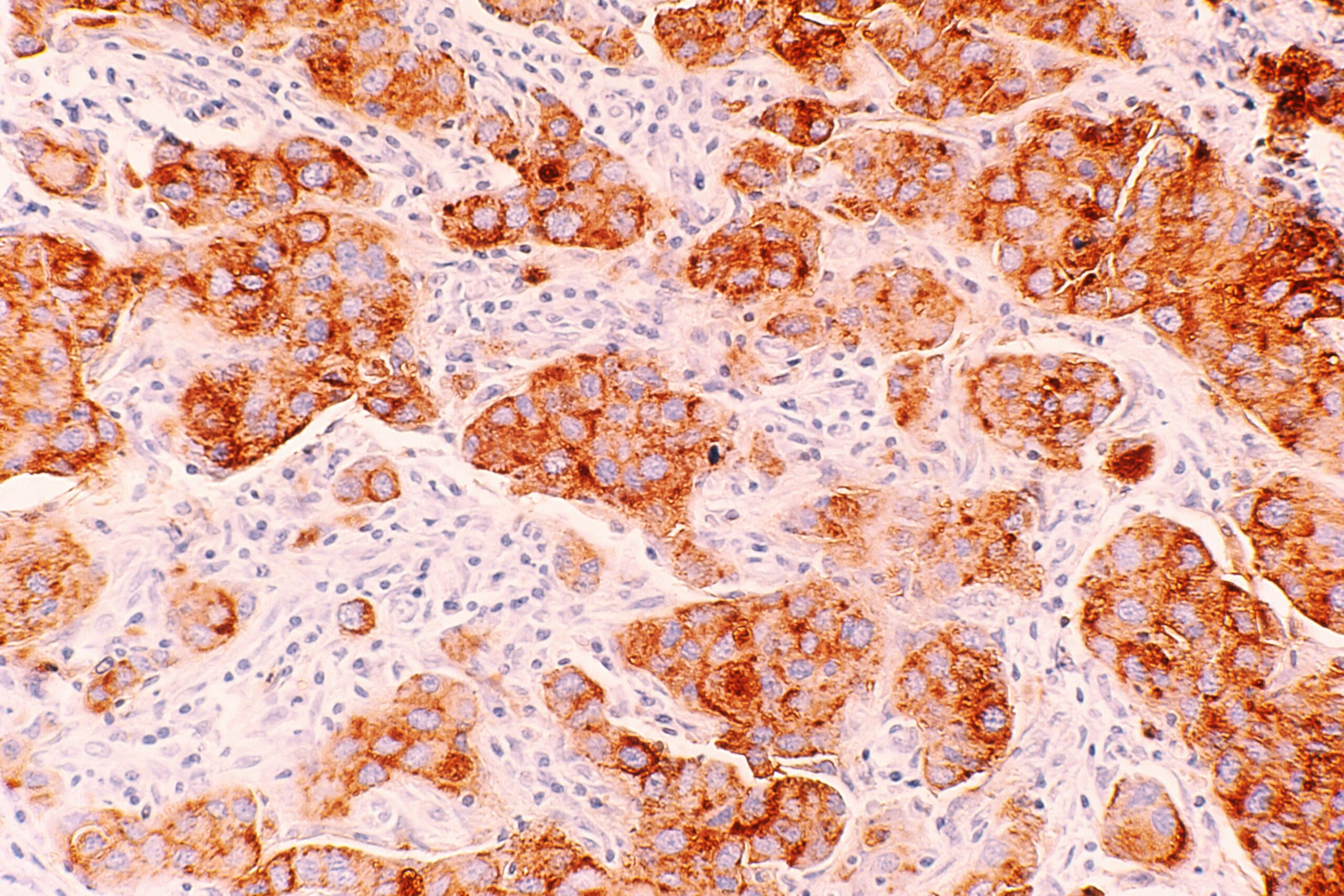 Tumor Marker
Tumor Marker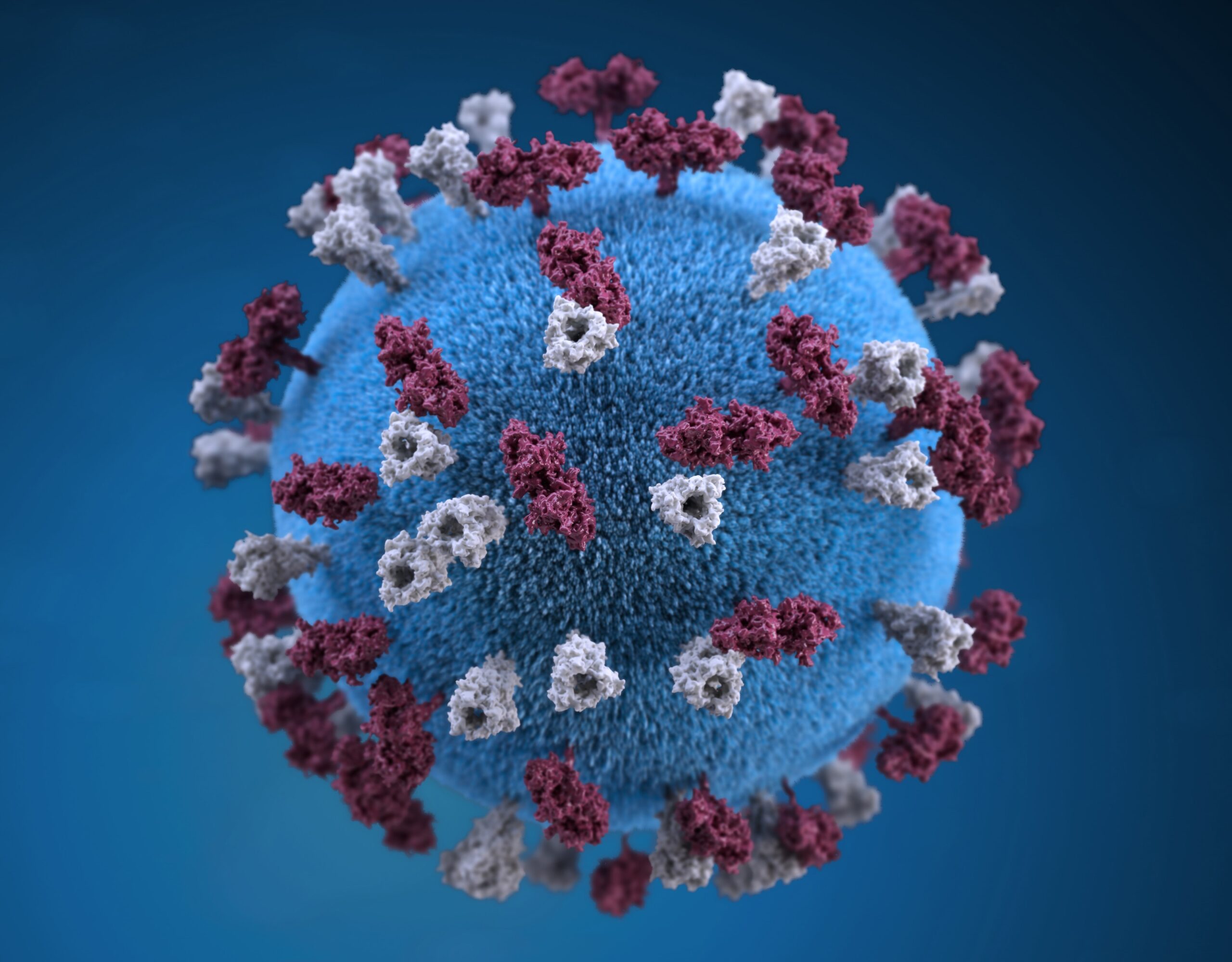 Viruses
Viruses